
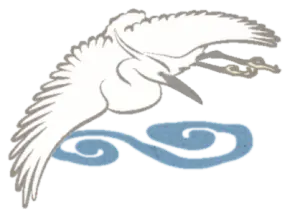


-
Dōgo Onsen Honkan+
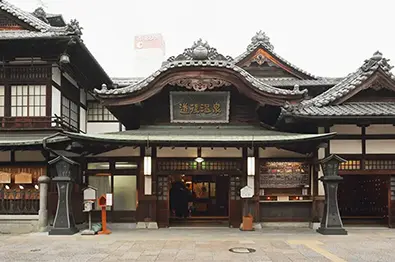
-
Asuka-no-Yu+
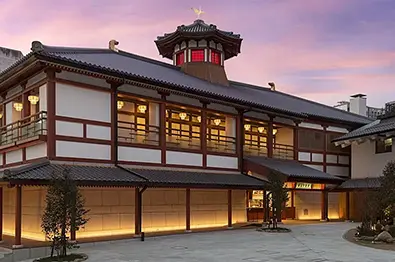
-
Tsubaki-no-Yu+

Connecting history
to the future
~Important Cultural Property D go Onsen Honkan
go Onsen Honkan
conservation and repair work~
Dogo Onsen Front Page > Connecting history to the future ~Important Cultural Property Dōgo Onsen Honkan Conservation and repair work~
- Since its renovation in 1894, Dogo Onsen Honkan continues to sparkle.
Record of the conservation and repair work will be on display for you to see.
This is the first time in Japan for an Important Cultural Property public bathhouse
to undergo conservation and repair work while staying open for business.
Current Dogo Onsen Honkan operation
- Yūshinden is open to the public.
For more information on Yūshinden, click here. - The entire building reopened from Thursday, July 11, 2024.
Significance of conservation
and repair work

-
To preserve the value of cultural property and pass it on to the next generation
Since the completion of Kami-no-Yu Honkan building in 1894, over a long period of 125 years, Dogo Onsen Honkan has repeatedly been shifted, renovated, and expanded incorporating techniques of the various eras. As a result, it now has a very complex form, with four main buildings fitted together. In response to the social demands of each era alongside the development of the hot springs, is has established itself as the symbol of Dogo Onsen.
In 1994, Dogo Onsen Honkan became the first bathhouse in Japan to be designated an Important Cultural Property. To pass on this historical and cultural value for the next generation to inherit and preserve, this conservation and repair work is required.

- Kami-no-Yu Honkan wing open for business
- Completed in 1894. Three-storied wooden building with pantile and copper roofing. Bathing area on the first floor and resting rooms on the second and third floors.

- Yūshinden / Tama-no-Yu wing under repair
- Completed in 1899. Houses Japan’s only exclusive bathing room for the Imperial Family. Three-storied wooden building with copper and cypress bark roofing.

- South wing under repair
- Completed in 1924. Three-storied wooden building with pantile and copper roofing.

- Entrance wing under repair
(interior only) - Completed in 1924. It is said that it was relocated to balance the whole building.
Main construction
- ・Preservation of cultural property value such as re-tiling roofs
- ・Preparation for earthquakes
- ・Renewal of equipment such as hot spring piping
Scaffolding construction
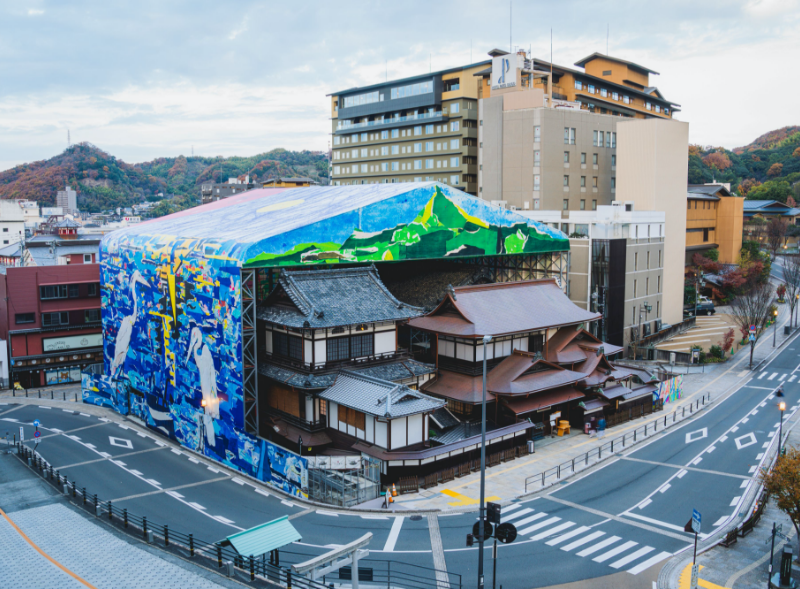
-
Because the Dogo Onsen Honkan conservation and repair work requires the removal of roof tiles and copper plates during roof repairs, the entire building is covered in scaffolding.
Connected by people
voices of the people in charge
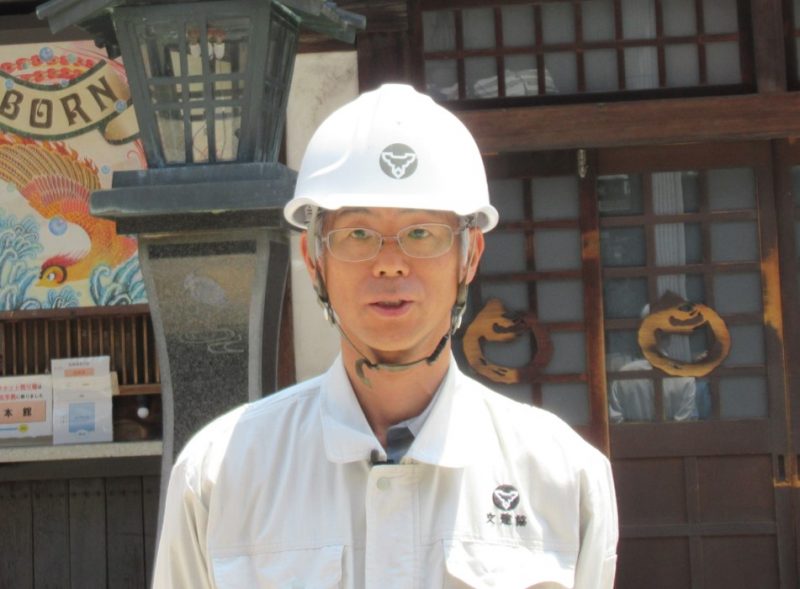
-
- What is the main point of conservation and repair work?
- Because the Dogo Onsen Honkan is a hot springs facility, damage to wooden parts due to moisture cannot be avoided. However, since it is a designated Important Cultural Property, simply replacing the old structure with something new would risk lowering its value as a cultural property. Extra care is taken when making repairs, as it is most important to leave the valuable materials used in the original construction, wherever possible.
- What are some attractions while the conservation and repair work is being done?
- Up until now, there were two men’s bathrooms but during the construction, one of them will be open as a women’s bath, so women can enjoy the men’s bath that they could not enter before.








